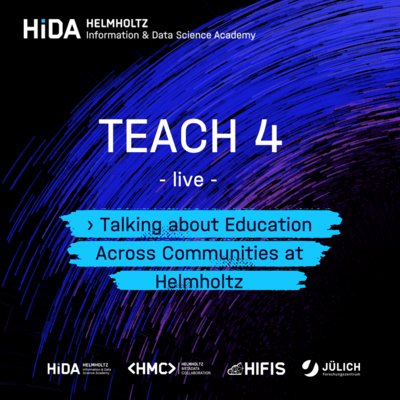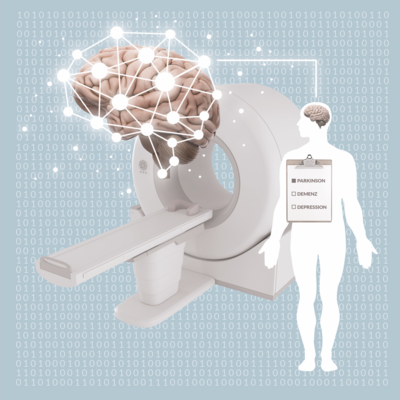Exploring complex networks in Israel

Connections we make in our social networks are a good example of complex networks - with patterns that are neither purely arbitrary nor purely regular. At Ben Gurion University you can help Rami Puzis and his team to research them.
Who are you connected with on your favorite social network? Maybe you follow your friends and family, and perhaps that one person you randomly connected with on a bus? Then your connections are a good example of a complex network – a network that is defined by patterns that are neither purely coincidental nor purely regular. These networks are the secret sauce to many areas of life and research, and Rami Puzis’ lab at Ben-Gurion-University of the Negev studies them.
Helmholtz data scientists can join Rami’s lab for the 6-week-long HIDA summer exchange program in Be’er Sheva this year once travel restrictions have lifted. Or, you can work with Rami remotely to explore complex networks in cyber security. In any case, if this sounds of interest to you, you should apply asap because the deadline is coming up on June 19, 2020!
Mr Puzis, can you tell us of recent studies in your group that excited you?
Two recent studies have excited me the most: One study is about chameleon profiles in social networks that change the way they are displayed. For instance, a video could be swapped for another without editing, while the comments stay the same.
The second study was published in a new field called cyber-bio-security. Here we studied the possibility of attacking the DNA of living biological cells from the cyberspace by exploiting the most advanced synthetic biology tools and services. Finally, another study published last year was about predicting the existence of metabolic paths in tomatoes using machine learning and graph analysis techniques.
Helmholtz exchange participants would be working on two projects, determining the accuracy of attack hypotheses in telemetry data and detecting fake news. Can you please tell us how it came to these projects?
Both of these topics are connected to long-lasting research activities performed in my lab: threat hunting and fake news. There are many approaches to tryout in both of these directions and fresh minds are always welcome.
What is it like to work in your lab? How many people are there, what is their background?
There are five to fifteen people in the lab including undergraduate research assistants, programmers, graduate research students, and a researcher. Most of my students collaborate with other labs and faculty members so it would be hard to draw the exact borders. Most people are from computer science or information systems engineering background.
How do you work together?
Pre COVID-19 we had two types of meetings: a weekly research seminar where students exchange their recent advances, problems, solutions, questions and small bi-weekly focused meetings where we discuss specific experiments or research projects. As for fun, we’ll be happy to share the best things to do and see once participants arrive in Be’er Sheva!
What would you like to share with potential exchange participants?
I have welcomed many international researchers during the past years. Those who work hard and prepare for the internship ahead of time end up with a published research paper. One of my past interns has applied to a faculty position in India recently. I think that the best thing that a student can learn during internship is working efficiently, focusing on a specific topic without dispersing the attention to sidetracks. Otherwise, it would be hard to get meaningful results during the short term of the internship.









